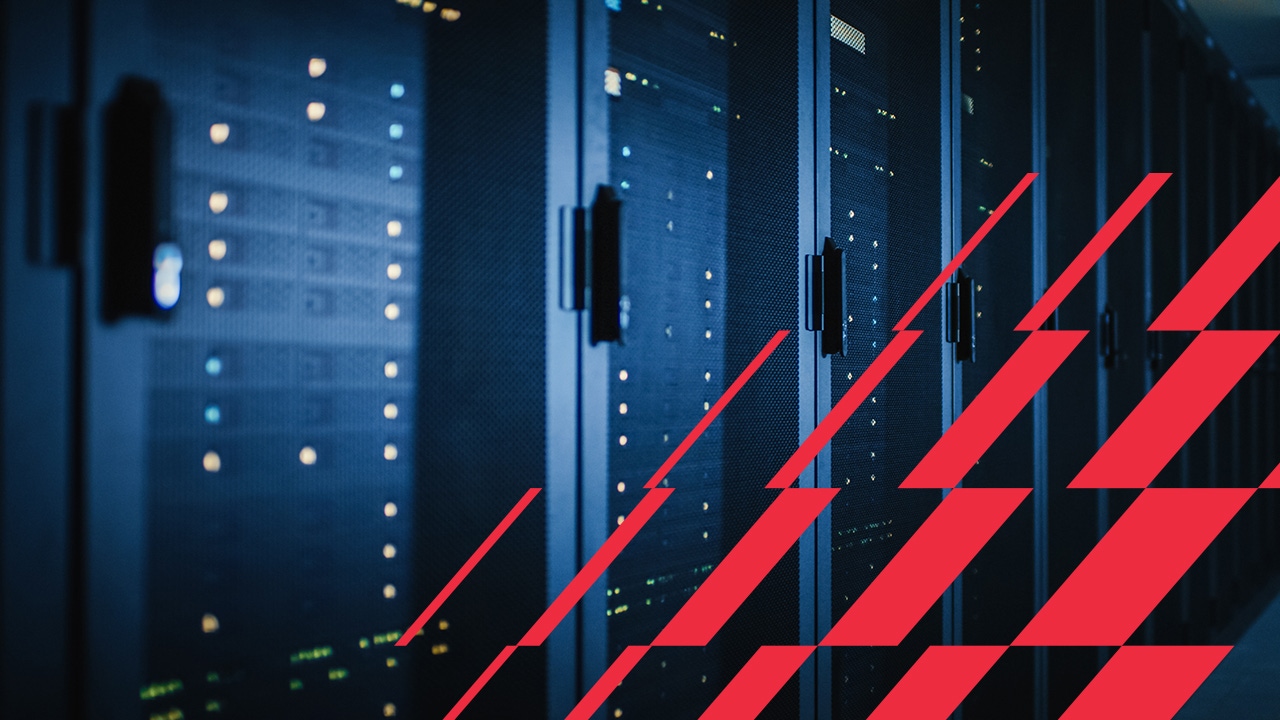The Ongoing Evolution of Data Center Energy ConsumptionThe Ongoing Evolution of Data Center Energy Consumption
Mitigate AI's fast-growing power consumption and grid impacts and explore AI's role in the evolution of data centers and the clean energy transition.

Sponsored by Hitachi
We all know data centers play a central role in our digital lives. The devices we use, the time we spend online, the apps we rely on, and the content we consume all depend on data centers. This has led to rapid growth in demand for electricity to keep it all up and running.
This growth has accelerated with the strong market momentum behind artificial intelligence (AI), increasing concerns about the sustainability of data centers. Why? A single ChatGPT query can generate 100 times more carbon than a regular Google search. AI has also changed the profile of data consumption in data centers, often resulting in dramatic spikes in electricity usage, making demand more erratic and harder to predict.
Hitachi Energy, as one of the world's leading providers of electrical grid infrastructure, is a major supplier of energy solutions for data center operators and has a unique perspective on the evolution of data center energy consumption, as documented in our white paper, Powering data centers sustainably in an AI world. Our close market analysis has yielded some fresh observations on this fast-evolving space.

Prepare your power infrastructure by modernizing data center power management systems.
Most notably, power utilities have struggled in some cases to address some unexpected side-effects of the introduction of AI, notably the 'spikiness' of data center load profiles, which can result in flicker, transients, and other frequency impacts and cause unacceptable variations in voltage, including voltage depression or even collapse. This particular challenge is proving to be more evident during the 'training' mode for AI large language models (LLMs) versus the subsequent 'production' phase, but it remains an area of significant focus for many utilities.
One promising way of addressing this instability is using power quality solutions such as STACOM (static compensation) technology, which can provide variable reactive power in response to voltage variations. By installing STATCOMs at one or more suitable points in a grid, utilities can simultaneously increase power transfer capability and maintain a smooth voltage profile.
The combination of STATCOMS with supercapacitors – which offer higher power but shorter duration storage capabilities - provides an alternative solution to the challenge of smoothing out energy flows, as compared to battery systems.
More broadly, Hitachi Energy offers consulting services to help data center operators and their power utility suppliers identify, analyze, and understand their power quality challenges and can recommend approaches to address their specific needs. We provide a wide portfolio of solutions to mitigate power quality issues, ensure compliance with relevant grid codes, maximize power generation, and improve efficiency.
If you'd like to learn more about making the operations of your data center more sustainable and efficient, please contact us.
About the Author
You May Also Like









